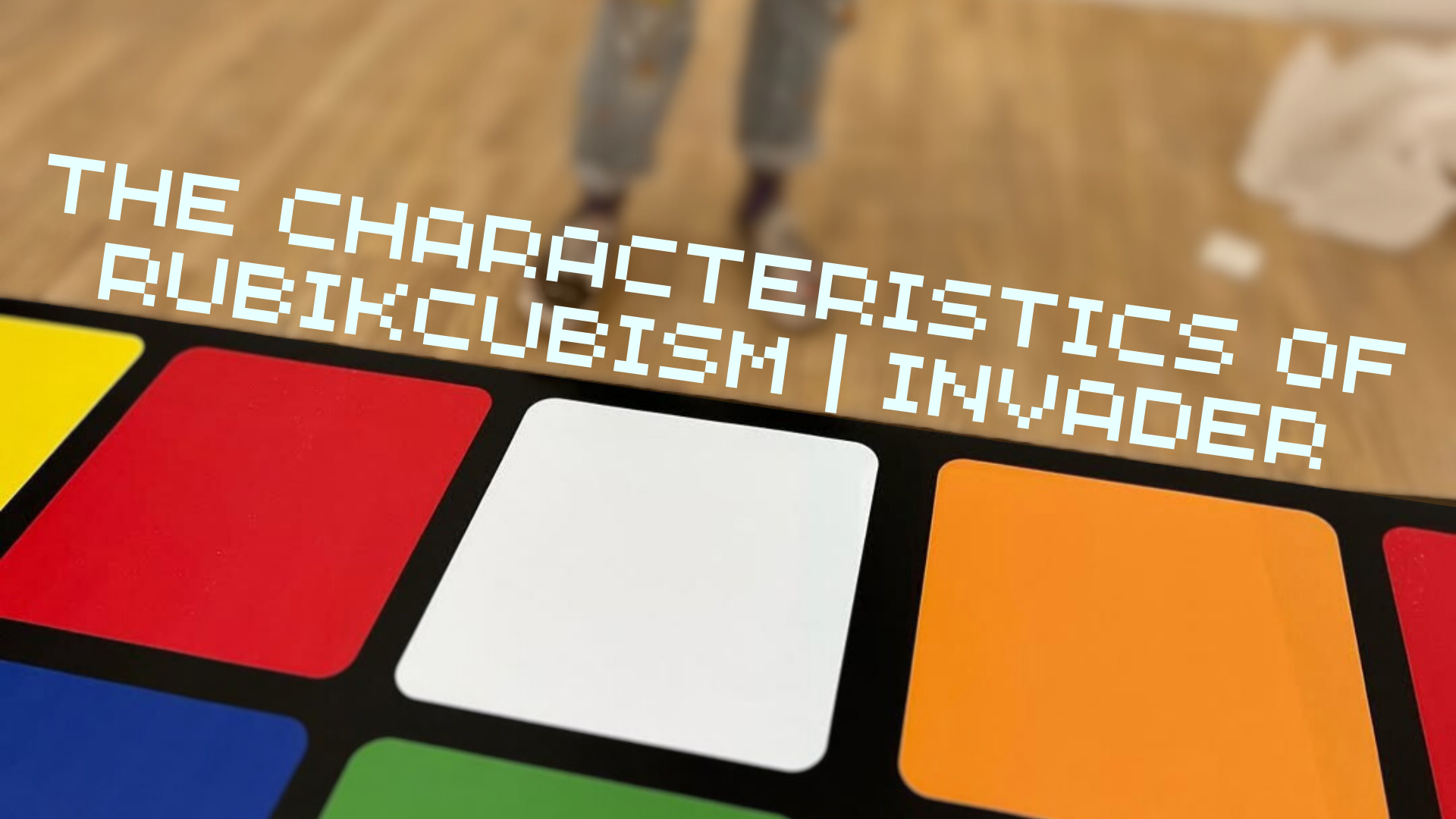7 Characteristics That Make Invader's Mosaics Special
read more
In the bustling city streets worldwide, vibrant mosaics quietly emerge, capturing the imaginations of the passersby. These pixelated masterpieces are the work of the anonymous artist known as Invader. With each piece created, he turns the urban environment into works for audiences to enjoy, inviting them to embark on a quest to discover his art. But what are the defining characteristics that make these mosaics so special? Let’s find out!
The Pixelated Aesthetic
Invader's art installed on the streets is made from small and vibrant ceramic tiles. Mirroring the aesthetics of early digital graphics, Invader’s mosaics create a pixelated look mimicking the game graphics from back in the day. Though the resolution of the in-game experience has improved immensely since the start of the Space Invasion Project, he retains the low-quality style, thus paying homage to the retro gaming industry, in particular the iconic Space Invaders game.
Individually, the tiles may look simple and random, but their arrangement creates captivating images, with some that only appear seen from afar. This pixelated art style is a visual language for people who played video games in its early days, making his art accessible to a relatively broader audience group, especially the senior age group.
NY_130
NY_149
The Inspiration
Invader's works are inspired by the classic arcade game Space Invaders released by Taito, which was a great success in the late 70s and early 80s. Originally, Invaders that are pulverized in the video game are the villains in the arcade game. However, Invader used these small alien-like creatures as his main subject, placing the first few works in his hometown Paris.
Invader managed to materialize the insignificant creatures in our world in the form of tile mosaics, reminiscing their original pixelated appearances. This inspiration from the game we all knew evokes nostalgia and bridges the gap between the digital and physical worlds.
PA_001
PA_002
PA_003
Worldwide Appearances
After Invader’s initial successes, he followed it up with his project of the Global Space Invasion, placing mosaics in over 80 cities worldwide. This global phenomenon caused invaders to appear rapidly in all sorts of public spaces. More than 4200 invading mosaics have found their way into our city and the urban environment as of today. The artist’s pieces can be found on the streets in diverse urban landscapes, on bridges, walls, or even on signs, they are everywhere to be seen. Some may not even realize they live in an invaded city and have encountered them without really paying much attention.
TK_100
TK_119
Culture and Placement
PA_1062
PA_1057
While Space Invaders is the primary theme surrounding the artist’s works, he often incorporates other cultural icons and characters into his work. Invader will pick characters that suit the corresponding environment. For example, the ghost gang in Pac-Man going through walls in the city of Paris. What makes Invader’s work truly captivating is its nature of placement. To accomplish the full experience, the characters match the gaming atmosphere in the real world.
As citizens wander through the streets, they may stumble upon one of his creations, sparking curiosity and delight. These references resonate with a wide variety of audiences, bridging generations through shared cultural memories.
Interactivity
The app FlashInvaders, developed by Invader, allows users to take pictures of their mosaics and capture them in a collection. Each mosaic is documented and given a score based on its size, complexity, and location, letting fans earn points and compete on a global leaderboard. By blending street art with digital interaction, his installations turn the act of finding mosaics into a playful search around cities across the world. With the help of maps and guides, fans and followers can easily go after the footsteps of Invader, discovering his works along the way.
Temporary
The impermanence is a defining characteristic of street art, especially for Invader. Invader’s works are made with store-bought ceramic tile, which is supposed to be tough and can last for a long time. Though crafted to withstand nature’s challenges, they are often removed or damaged over time. If someone attempts to remove it as a whole, it can’t stay as a piece but rather fall apart.
While Invader's primary canvas is the street, his work has also been exhibited in galleries and museums. From solo exhibitions to group shows, he has collaborated with galleries on countless occasions to display and showcase his art professionally. This crossover emphasizes the recognition street art is gradually getting from the art world.
Illegal
Although Invader's work is beloved by many, he lacks permission from the authorities. This means it is often illegal for him to install his mosaics. While many view his mosaics as valuable contributions to society, some see them as acts of vandalism — deliberately destroying and causing damage to public or private property in the name of street art.
Therefore, for the sake of preventing arrest, he wears a mask to hide his face. This anonymity allows him to continue creating art without interruption, ensuring that the focus remains on his art rather than the artist. The mystery surrounding Invader makes his mosaics all the more intriguing. This anonymity frees him to challenge the boundaries of public spaces, and to consider the perspectives of art lovers around the world.
These characteristics and facts provide insight into Invader's unique approach to art, his cultural impact, and the ongoing dialogue his work inspires. Whether you're a fan of street art or new to his mosaics, Invader's creations offer a fascinating exploration of creativity and public space.












































